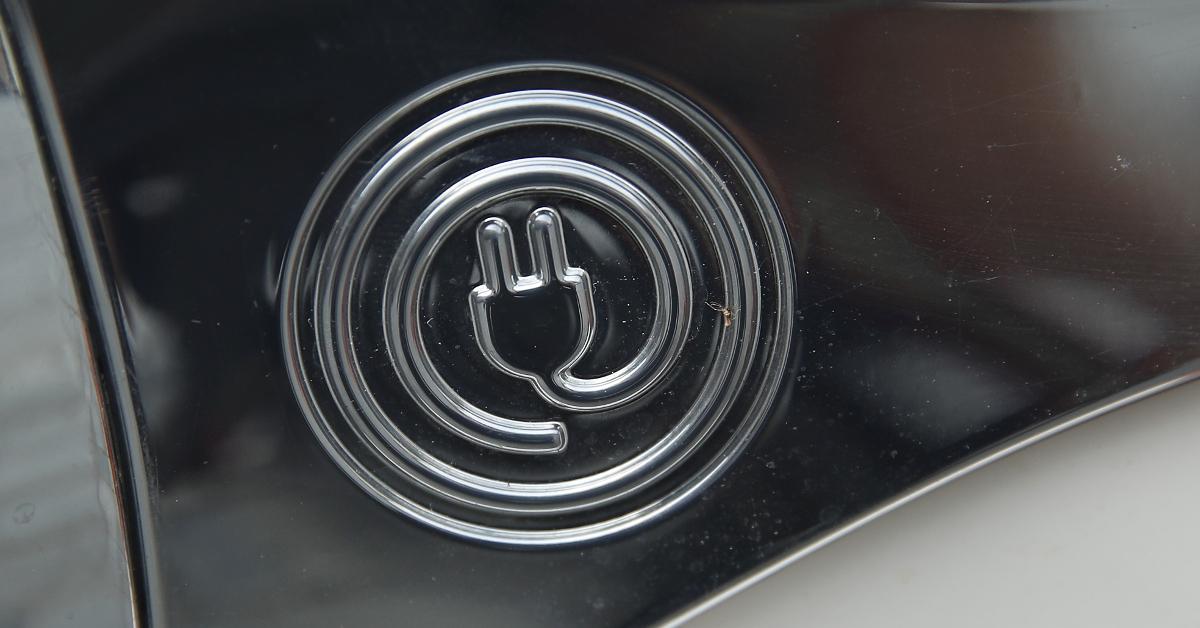Ever Wondered Why Electric Plugs Have Holes in Them? You're About to Find Out
Published June 8 2021, 12:37 p.m. ET

When you live your life in a certain environment, some mainstays and everyday comforts/occurrences ultimately just become a fact of life that are never really questioned. Some of my young son's friends don't know what it's like to walk around without a face mask, and they refuse to take theirs off when they're in public. There are people who are genuinely shocked by hardwired internet, too. But let's take it even further back: electric plugs. Why are they designed the way they are? Why do they have holes in the prongs, and have they always had holes?
Why do two-prong electric plugs have holes in them? There are a few reasons for this.
If you noticed, most two-prong electric plugs have holes in them, including the top two prongs on a tri-pronged plug (try saying that five times fast).
If you live with an electrician, then they'll probably gladly tell you about the virtues of these two little holes (unless they hate their job and don't want to be reminded of the fact that they gave up their dance career to install circuit breakers).
According to How Stuff Works there are three main functions of these two little holes.
Reason #1: grip.
If you were to get a look inside an outlet after a plug goes inside of it to get juice, you'd notice that the contact wipers used to communicate an electric current have little "bumps" on them. These round bits fit snugly into the holes in the plug, which helps to provide for a more secure connection.

It's why a well-designed plug won't simply fall out of a socket, and it also helps to maintain a better connection between the contact wipers and whatever device/appliance is connected to said plug. This helps to ensure that there's no disruption of electricity to keep things running smoothly.
Reason #2: seal the deal.
Sometimes manufacturers have important messages they want to convey to their customers about their electronic device, and they'll put that message in a tag that's attached to a zip tie that goes through the prongs. Severing that zip tie is an acknowledgment that you've "read the terms and conditions" IRL.
Slipping a small lock or a zip tie or any other type of small piece of material through those holes to ensure the equipment isn't being used is another reason why the holes exist. This is often the case on construction projects, for example. Companies may want that added level of security to ensure that vagrants aren't breaking into the job site to either steal a device or use it when no one's looking. Hey, mileage on an item is technically theft too, no?
The third reason why electric plugs have holes in them is probably the one that manufacturers like the most.
It's because it ultimately saves them money in raw materials. If you're mass producing a bunch of these little prongs, think about the metal you gather from those little punch-outs. You then take that metal, melt it down, and out of every 20 plugs you make, you probably get another "free" plug from that metal.
It's basically the Dunkin' Donuts "Munchkins" theory.
Excellent. Now, if we can only figure out why all car manufacturers don't give cars all-electric drivetrains with an ICE generator. Seriously, one of Porsche's first cars started that way; why'd we move backwards?